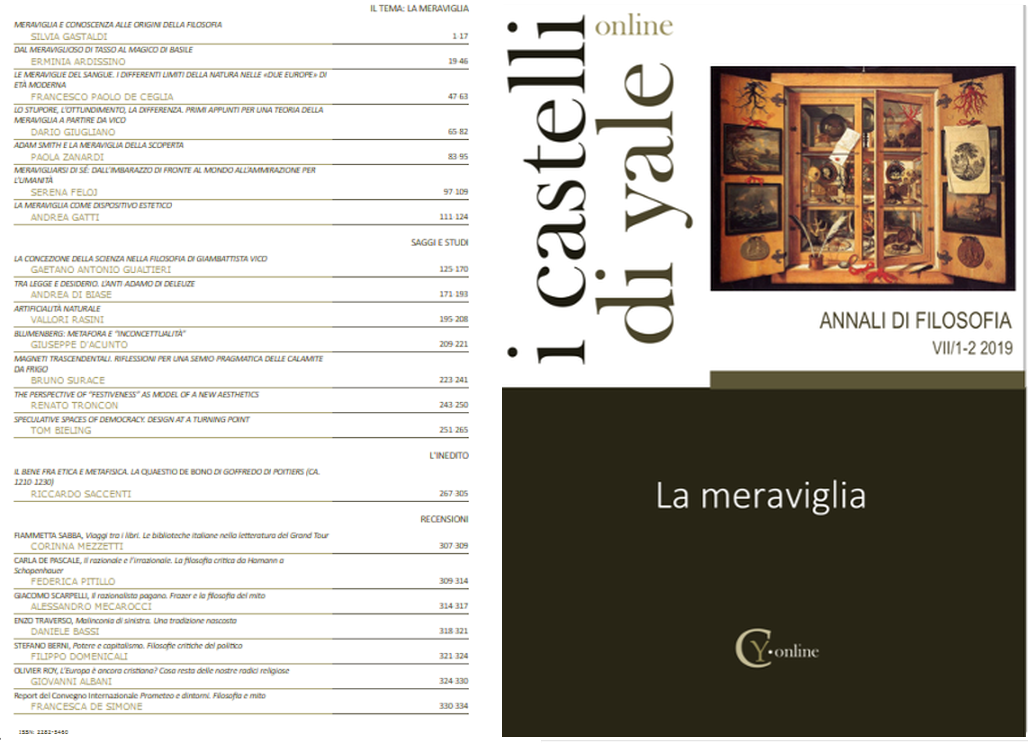<i>LE MERAVIGLIE DEL SANGUE. I DIFFERENTI LIMITI DELLA NATURA NELLE «DUE EUROPE» DI ETÀ MODERNA</i>
DOI:
https://doi.org/10.15160/2282-5460/2172Parole chiave:
Miracles, Prodigies, Vampires, Blood, The Limits of Nature.Abstract
According to a middle and north European tradition, the cadaver of a murdered person would start bleeding in the presence of his or her assassin: “Therefore, when you create a contact between the breath of the murderer and the spirit that has remained in the blood of the murdered, the blood boils and rages [ebullit effervescitque sanguis]”. Reading such accounts, one may be struck by their similarities to the chronicles of the so-called “miracle of saint Januarius” in Naples, in which the verbs ebullire and effervescere were usually used to describe the behaviour of the blood of the martyr in the presence of his own head. In my paper, similarities and differences between the two ritual phenomena will be used as a litmus test to shed light on the relationships between the natural, the preternatural and the supernatural in the different early modern European cultural contexts. In other words, I will try to ascertain to what extent knowledge of what nature can or cannot do has been culturally (religiously, ethnographically, juridically etc.) determined or at least influenced.


